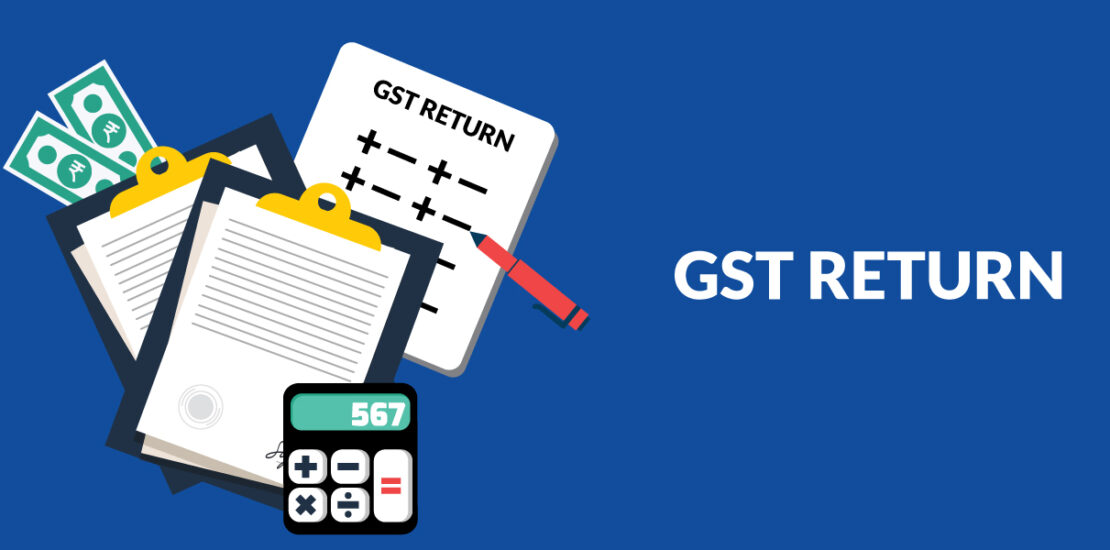- July 2, 2023
- Posted by: Jain R S and Associates
- Categories:

GST Returns and Compliance : Goods and Services Tax (GST) has revolutionized the taxation landscape, simplifying the way businesses are taxed while promoting transparency and accountability. Central to the GST framework is the process of filing GST returns and ensuring compliance with the regulatory requirements. This article delves into the intricacies of GST returns and compliance, elucidating their significance, outlining the various types of returns, and providing insights into maintaining a seamless and compliant GST journey.
- Understanding GST Returns and Compliance:
a. GST Overview:
- GST is a consumption-based tax that encompasses the supply of goods and services throughout the value chain.
- It replaces multiple indirect taxes, streamlining taxation and eliminating cascading effects.
b. Importance of GST Compliance:
- Complying with GST regulations ensures that businesses meet legal requirements and contribute to the nation’s revenue.
- Compliance enhances a business’s reputation and credibility while avoiding penalties and legal repercussions.
- Types of GST Returns:
a. GSTR-1 (Outward Supplies):
- Businesses report their outward supplies (sales) in GSTR-1, providing details of the taxable goods and services supplied.
- It aids in reconciling the recipient’s input tax credit.
b. GSTR-3B (Summary Return):
- A summary return where businesses self-assess their tax liability and make payments on a monthly basis.
- It acts as a provisional return until the final GSTR-1 and GSTR-2 are filed.
c. GSTR-2A (Auto-drafted Inward Supplies):
- A read-only document that contains details of purchases automatically populated from the suppliers’ GSTR-1.
d. GSTR-9 (Annual Return):
- A yearly return that provides a consolidated summary of all transactions for the financial year.
- Ensuring Seamless GST Compliance:
a. Timely and Accurate Filing:
- Adhering to the due dates for GST returns prevents late filing penalties.
- Ensuring accuracy in reporting prevents errors and discrepancies.
b. Input Tax Credit (ITC):
- Regularly reconciling GSTR-2A with purchase records ensures accurate claiming of input tax credit.
c. Documentation and Record Keeping:
- Maintaining detailed records of invoices, purchases, and transactions is crucial for audits and compliance.
d. Technology Adoption:
- Utilizing GST software and digital platforms streamlines return filing and compliance processes.
e. GST Audits and Assessments:
- Being prepared for GST audits and assessments by maintaining thorough documentation and compliance.
- Consequences of Non-Compliance:
a. Penalties and Interest:
- Non-compliance may lead to financial penalties and interest charges on unpaid taxes.
b. Rejection of Input Tax Credit:
- Inaccurate filing can result in the rejection of input tax credit claims.
c. Legal Actions:
- Severe cases of non-compliance could lead to legal actions, affecting the business’s reputation and operations.
Conclusion: Navigating the realm of GST returns and compliance is pivotal for businesses to thrive in the modern tax landscape. By understanding the types of returns, adopting efficient processes, and ensuring timely and accurate filings, businesses can not only meet their legal obligations but also contribute to the nation’s economic growth. Embracing technology and staying vigilant in record-keeping are key to maintaining a seamless and compliant GST journey, ultimately positioning businesses for success while avoiding the pitfalls of non-compliance.
